Home>Garden Essentials>How To Prepare For Turf Grass
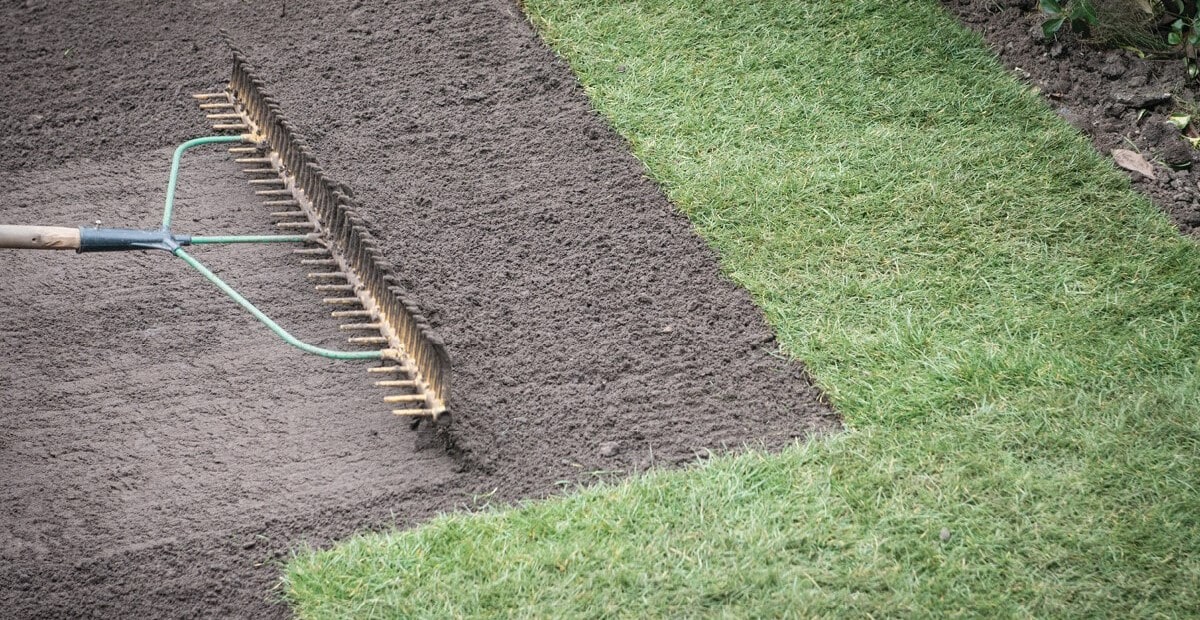

Garden Essentials
How To Prepare For Turf Grass
Modified: October 18, 2024
Learn how to prepare your garden for growing turf grass with our comprehensive guide. Get expert tips and advice to create a lush and healthy lawn.
(Many of the links in this article redirect to a specific reviewed product. Your purchase of these products through affiliate links helps to generate commission for Storables.com, at no extra cost. Learn more)
Introduction
Welcome to the world of turf grass! Whether you are a seasoned gardener or just starting out, having a lush and healthy lawn can greatly enhance the beauty and enjoyment of your outdoor space. Growing turf grass requires careful planning, proper preparation, and ongoing maintenance. In this article, we will guide you through the step-by-step process of preparing for turf grass, ensuring that you have all the knowledge and tools needed to achieve a stunning and vibrant lawn.
Turf grass refers to the grass species that are specifically cultivated for lawns. It provides a soft, green carpet-like covering and is not only visually appealing but also offers various benefits, such as erosion control, temperature regulation, and improved air quality. Before diving into the preparation process, it is essential to understand the different types of turf grass available and their specific characteristics.
In order to prepare for turf grass successfully, you will need to assess your lawn, prepare the soil, choose the right grass variety, seed or sod the area, water and fertilize appropriately, and maintain the lawn regularly. Each step is crucial in ensuring that your turf grass thrives and remains healthy for years to come.
By following the steps outlined in this article, you will be well on your way to having a lush, green lawn that can be the envy of the neighborhood. So grab your gardening gear and let’s get started on preparing for turf grass!
Key Takeaways:
- Preparing for turf grass involves understanding different grass types, assessing your lawn’s condition, and choosing the right grass variety based on climate, sunlight, and maintenance needs.
- Whether seeding or sodding, proper soil preparation, watering, and fertilizing are essential for establishing and maintaining a healthy and vibrant turf grass lawn.
Read more: How To Prepare Grass For Seeding
Step 1: Understanding Turf Grass
Before embarking on the journey of preparing for turf grass, it is important to have a solid understanding of what turf grass is and how it differs from other types of grass. Turf grass is a collective term used to describe grass species that have been selected and cultivated specifically for use in lawns. These grasses are chosen for their ability to withstand foot traffic, maintain an attractive appearance, and withstand various environmental conditions.
There are different types of turf grasses available, each with its own unique characteristics and requirements. Some common types of turf grass include Bermuda grass, Kentucky bluegrass, Zoysia grass, and Tall fescue grass. It is important to research and select a grass type that is well-suited to your climate, soil type, and desired level of maintenance.
The growth habits, disease resistance, tolerance to drought, and shade tolerance can vary greatly between different types of turf grass. Understanding these differences will help you choose the right grass variety that is best suited for your specific needs and the conditions of your lawn.
In addition to selecting the right turf grass variety, you should also consider factors such as the amount of sunlight your lawn receives, the level of foot traffic it will endure, and any potential pest or disease issues in your area. These factors will help determine the overall health and success of your turf grass.
Another important aspect to consider when understanding turf grass is its maintenance requirements. Different grass varieties have different mowing heights, watering needs, and fertilization schedules. It is important to familiarize yourself with these requirements to ensure that you provide the proper care and attention to your lawn.
Understanding the intricacies of turf grass will enable you to make informed decisions throughout the preparation process. So take the time to research the different grass types, assess your lawn’s conditions, and consider your maintenance preferences as you move forward in preparing for turf grass.
Step 2: Assessing Your Lawn
Assessing your lawn is a crucial step in the preparation process for turf grass. Before you can determine the best course of action, it is important to evaluate the current condition of your lawn and identify any underlying issues that need to be addressed.
Start by examining the overall health of your lawn. Look for any signs of damage, such as bare patches, weeds, or diseases. Take note of areas that receive excessive shade or have poor drainage, as these can affect the growth and health of your turf grass.
Consider the level of foot traffic your lawn will experience. If you have children or pets that frequently play on the lawn, you may need to select a more durable grass variety that can withstand heavy use.
Next, assess the soil in your lawn. Soil quality plays a significant role in the success of your turf grass. Conduct a soil test to determine its pH level and nutrient content. This will help you identify if any amendments, such as lime or fertilizer, are needed to optimize the soil conditions for turf grass growth.
Identify the amount of sunlight your lawn receives throughout the day. Most turf grass varieties require a minimum of six to eight hours of direct sunlight to thrive. If your lawn has shaded areas, you may need to select a grass variety that is suitable for partial shade.
Lastly, consider any pest or disease issues that are prevalent in your area. Certain types of turf grass are more resistant to pests and diseases, so it is important to choose a variety that is well-suited to your specific region.
Once you have assessed your lawn and identified any issues or specific conditions, you will be better equipped to make informed decisions regarding the type of grass variety, soil amendments, and maintenance practices needed to prepare for turf grass. Remember, a thorough assessment is the foundation for a successful and vibrant lawn.
Step 3: Soil Preparation
Preparing the soil is a crucial step when it comes to establishing a healthy and thriving turf grass. Proper soil preparation provides a solid foundation for the grass roots to penetrate, absorb nutrients, and establish a strong root system. Follow these steps to ensure your soil is ready for turf grass:
1. Clear the area: Begin by removing any existing vegetation, including weeds, rocks, and debris. Use a rake or a garden tiller to loosen the top layer of soil. This will help break up compacted soil and promote better water penetration.
2. Test the soil: Conduct a soil test to determine its pH level and nutrient content. You can purchase a soil test kit from a garden center or send a soil sample to a professional laboratory for analysis. This will help you understand the specific needs of your soil and guide you in making the necessary amendments.
3. Amend the soil: Based on the results of the soil test, you may need to add soil amendments to improve the soil’s fertility and structure. Common soil amendments include organic matter like compost or well-rotted manure, which can help improve drainage, increase nutrient availability, and enhance soil structure.
4. Till the soil: Use a garden tiller or a hand tool to thoroughly incorporate the amendments into the soil. This will ensure that they are evenly distributed and mixed with the existing soil. Aim to till the soil to a depth of 6 to 8 inches for optimal root growth.
5. Level the surface: After tilling, rake the soil to level the surface. This will create an even base for seeding or laying sod. Remove any large clumps or rocks that may disrupt the evenness of the surface.
6. Compact the soil: Use a lawn roller or a compacting tool to gently compact the soil. This will help create a firm and stable surface for the turf grass to establish its roots. Avoid excessive compaction, as it can hinder water and nutrient absorption.
7. Water the soil: Before seeding or installing sod, thoroughly water the prepared soil. This helps settle the soil and provides the necessary moisture for seed germination or sod establishment.
By following these soil preparation steps, you are setting the stage for healthy turf grass growth. Remember, the quality of the soil directly impacts the health and vitality of your lawn, so invest time and effort in getting it right.
Step 4: Choosing the Right Grass Variety
Choosing the right grass variety is a crucial step in preparing for turf grass. Different grass varieties have varying characteristics, including growth habits, color, texture, maintenance requirements, and tolerance to environmental conditions. Consider the following factors when selecting the perfect grass variety for your lawn:
1. Climate: Take into account the climate in your region. Some grass varieties thrive in warm-season climates, while others are better suited for cool-season regions. Determine if your area experiences hot summers, cold winters, or a combination of both, and choose a grass variety that can withstand those specific conditions.
2. Sunlight and Shade: Evaluate the amount of sunlight your lawn receives throughout the day. If your lawn is mostly shaded, choose a grass variety that is tolerant to low light conditions. If your lawn is exposed to full sun, select a grass variety that can handle the intense heat and sunlight.
3. Foot Traffic: Consider the level of foot traffic your lawn will endure. If you have children, pets, or frequently host outdoor gatherings, opt for a grass variety that has good wear tolerance and can withstand heavy use without extensive damage.
4. Maintenance Requirements: Different grass varieties have varying maintenance needs. Some require frequent mowing, while others have slower growth rates. Consider the amount of time and effort you are willing to invest in maintaining your lawn and choose a grass variety that suits your desired level of maintenance.
5. Watering and Drought Tolerance: Evaluate the water requirements of different grass varieties. Some grasses are more drought-tolerant and can thrive with minimal irrigation, while others require consistent watering. Select a grass variety that aligns with your water conservation goals and the availability of water in your area.
6. Soil Conditions: Take into account the soil type in your lawn. Some grass varieties are better suited for sandy soils, while others thrive in clay or loam soils. Ensure that the grass variety you choose can adapt well to the specific soil conditions in your lawn.
7. Aesthetic Preferences: Consider your aesthetic preferences for your lawn. Some grass varieties have fine textures, creating a more formal and manicured look, while others have a coarser appearance. Choose a grass variety that aligns with your desired visual appeal.
Research different grass varieties, consult with local experts, and consider the specific needs and conditions of your lawn when making your selection. Remember, choosing the right grass variety is crucial for the long-term success and beauty of your turf grass.
When preparing for turf grass, make sure to properly aerate the soil to improve air and water circulation, and remove any debris or weeds to create a clean and even surface for the grass to grow.
Read more: How To Prepare Lemongrass Tea
Step 5: Seeding or Sodding
Once you have prepared the soil and selected the right grass variety, it’s time to establish your turf grass. There are two main methods for doing this: seeding and sodding. Each method has its own advantages and considerations. Let’s explore both options:
Seeding:
Seeding is the most cost-effective way to establish a new turf grass lawn. It involves spreading grass seeds evenly across the prepared soil and allowing them to germinate and grow. Here are the key steps for successful seeding:
1. Select high-quality grass seed: Choose a grass seed blend that is well-suited to your climate, soil conditions, and desired appearance. Consider factors such as shade tolerance, disease resistance, and the amount of foot traffic your lawn will receive.
2. Prepare the soil: Follow the soil preparation steps outlined in Step 3 to ensure the soil is properly amended, leveled, and compacted. Remove any debris or rocks that may hinder seed germination.
3. Seed the area: Evenly distribute the grass seed over the soil using a spreader or by hand. Follow the recommended seeding rate provided on the seed package to achieve the desired thickness of turf grass. Rake the soil lightly to ensure good seed-to-soil contact.
4. Water the newly-seeded area: Water the seeded area gently and consistently to keep the soil moist. Avoid over-watering, as this can lead to fungal diseases. Follow the watering instructions provided with the grass seed or consult a local expert for guidance.
5. Patience and maintenance: It takes time for the grass seed to germinate and establish a strong root system. Be patient and provide regular care, including watering, mowing (once the grass reaches the recommended height), and fertilizing as needed.
Sodding:
Sodding involves installing mature grass that has already been grown on a farm or nursery. It provides an instant, lush lawn, but it is more expensive than seeding. Here are the key steps for successful sodding:
1. Prepare the soil: Follow the soil preparation steps outlined in Step 3 to create a firm and level surface. Ensure that the soil is amended, compacted, and adequately moist.
2. Purchase quality sod: Select high-quality sod that is fresh and free of weeds or disease. Choose a sod variety that is well-suited to your climate and environmental conditions.
3. Install the sod: Lay the sod pieces tightly together, starting from one edge of the area and working your way towards the other side. Stagger the sod pieces like brickwork to avoid visible seams. Use a sharp knife to make any necessary cuts around obstacles, such as trees or flower beds.
4. Water the newly sodded area: Immediately after installation, thoroughly water the sod to help it settle into the soil. Follow a regular watering schedule to keep the sod moist during the establishment period, usually around two to three weeks.
5. Care and maintenance: Avoid heavy foot traffic on the newly sodded area for the first few weeks to allow the roots to establish. Follow proper watering, mowing, and fertilizing practices to promote healthy growth and root development.
Seeding and sodding both have their advantages depending on your budget, time constraints, and desired outcome. Consider your specific needs and consult with local experts to determine the best method for establishing your turf grass.
Step 6: Watering and Fertilizing
Proper watering and fertilizing are essential for the long-term health and vitality of your turf grass. These practices help ensure that your grass receives the necessary nutrients and moisture to thrive. Follow these guidelines for effective watering and fertilizing:
Watering:
1. Determine the watering needs: The water requirements for your turf grass will depend on various factors, including the grass variety, climate, and soil conditions. As a general rule, aim to provide 1 inch of water per week, either through rainfall or irrigation.
2. Water deeply and infrequently: Instead of frequent shallow watering, it is better to water deeply and less frequently. This promotes deeper root growth and helps the grass become more drought-tolerant. Water in the early morning or late afternoon to minimize evaporation.
3. Avoid overwatering: Overwatering can lead to shallow root growth, fungal diseases, and waste of water resources. Be mindful of the signs of overwatering, such as pooling water, the presence of fungus or moss, and soft or spongy soil. Adjust your watering schedule accordingly.
4. Consider using irrigation methods: Use sprinklers, soaker hoses, or automated irrigation systems to ensure even coverage and efficient water use. Adjust the watering duration and frequency based on the specific needs of your grass and the current weather conditions.
Fertilizing:
1. Conduct a soil test: Before fertilizing, it is recommended to conduct a soil test to determine the nutrient deficiencies or imbalances. This will help you select the appropriate fertilizer type and application rate.
2. Choose the right fertilizer: Select a fertilizer specifically formulated for turf grass. Look for a balanced fertilizer with a ratio of nitrogen (N), phosphorus (P), and potassium (K) that matches the needs of your grass variety.
3. Follow the application instructions: Pay attention to the recommended application rates on the fertilizer packaging. Apply the fertilizer evenly, using a spreader, and avoid overlapping or leaving gaps, as this can result in uneven growth or potential burn of the grass.
4. Timing is important: Apply fertilizer at the appropriate times to maximize its effectiveness. Generally, it is recommended to fertilize in the early spring when the grass starts growing actively, again in late spring or early summer, and in the fall to promote root development and prepare the grass for winter dormancy.
5. Water after fertilizing: Water the lawn immediately after fertilizing to ensure that the nutrients penetrate the soil and reach the grass roots. This helps prevent fertilizer burn and aids in the absorption of nutrients.
Remember that proper watering and fertilizing practices may vary depending on your specific grass variety, soil conditions, and climate. Regular monitoring of your lawn’s needs and adjusting your watering and fertilizing routine accordingly will lead to a healthier and more vibrant turf grass.
Step 7: Lawn Maintenance
Maintaining your turf grass is key to keeping it healthy, vibrant, and lush. Regular maintenance practices will help you achieve a picture-perfect lawn throughout the year. Follow these guidelines for effective lawn maintenance:
1. Mowing:
– Set your lawnmower at the appropriate height for your grass variety. Avoid cutting more than one-third of the grass height in a single mowing.
– Regularly sharpen your lawnmower blades to ensure clean cuts and prevent damage to the grass.
– Leave the clippings on the lawn (unless they form clumps) as they act as a natural fertilizer and add nutrients back to the soil.
2. Watering:
– Continue to water your lawn deeply and infrequently. Adjust the watering schedule based on the weather conditions and the needs of your grass variety.
– Avoid overwatering to prevent water waste, shallow root growth, and the risk of fungal diseases.
3. Weed Control:
– Stay vigilant in removing weeds from your lawn. Hand-pulling or using herbicides specifically formulated for turf grass can help control and prevent weed growth.
– Regularly inspect and treat any weed-prone areas to prevent the spread of unwanted plants.
4. Pest Control:
– Monitor your lawn for signs of pests, such as grubs, worms, or insects. If necessary, apply appropriate pest control measures to prevent damage to your turf grass.
– Consider using natural and organic pest control methods to minimize the impact on the environment and beneficial insects.
5. Fertilizing:
– Continue to fertilize your lawn based on the specific needs of your grass variety and the recommendations from the soil test.
– Follow a regular fertilizing schedule, typically in early spring, late spring or early summer, and in the fall to promote healthy growth and nourish the grass.
6. Aeration:
– Consider aerating your lawn annually or as needed to alleviate soil compaction and promote better root growth.
– Aeration helps water, air, and nutrients penetrate the soil more effectively, leading to stronger and healthier grass.
7. Overseeding:
– Over time, the density of your turf grass may decrease. Consider overseeding your lawn to rejuvenate thin or bare areas.
– Follow proper seeding practices, including soil preparation, seed distribution, and watering, to ensure successful overseeding.
By consistently following these maintenance practices, you can keep your turf grass looking its best year-round. Regular care and attention will result in a healthy, vibrant, and envy-worthy lawn for you to enjoy.
Conclusion
Congratulations! You have now learned the essential steps to prepare for turf grass and maintain a healthy and beautiful lawn. By understanding turf grass, assessing your lawn, preparing the soil, choosing the right grass variety, and implementing proper watering, fertilizing, and maintenance practices, you are well on your way to achieving the lush and vibrant yard of your dreams.
Remember, caring for turf grass requires consistency and attention to detail. Regular mowing, proper watering, timely fertilizing, and addressing any weed or pest issues will help keep your lawn in optimal condition. It is also important to stay informed about any specific needs and challenges that may arise in your particular region or climate.
Additionally, don’t forget to enjoy the benefits of having a healthy and attractive turf grass. Your lawn is not only a source of visual delight but also enhances the environment by reducing erosion, absorbing heat, and improving air quality. It provides a welcoming space for outdoor activities, relaxation, and connection with nature.
As you embark on your turf grass journey, be patient and adaptable. Remember that each lawn is unique and may require different approaches. Take the time to observe and adjust your maintenance practices to suit the specific needs of your grass and the changing seasons. And don’t hesitate to seek guidance from local experts or fellow garden enthusiasts to ensure the long-term success of your lawn.
So, grab your gardening gear, put on your green thumb, and let your passion for a beautiful lawn guide you. With the knowledge and steps outlined in this article, you are well-equipped to create and maintain a stunning turf grass lawn that will bring joy and pride to your outdoor space for years to come.
Frequently Asked Questions about How To Prepare For Turf Grass
Was this page helpful?
At Storables.com, we guarantee accurate and reliable information. Our content, validated by Expert Board Contributors, is crafted following stringent Editorial Policies. We're committed to providing you with well-researched, expert-backed insights for all your informational needs.

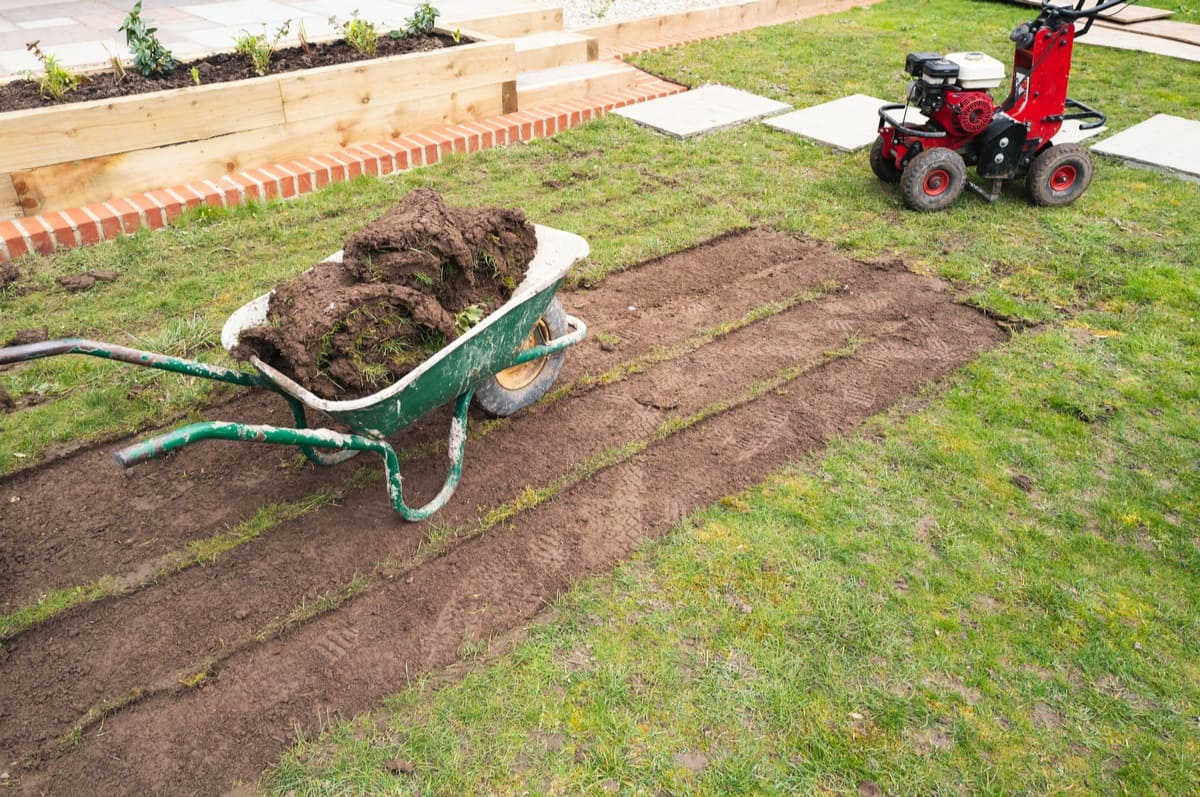
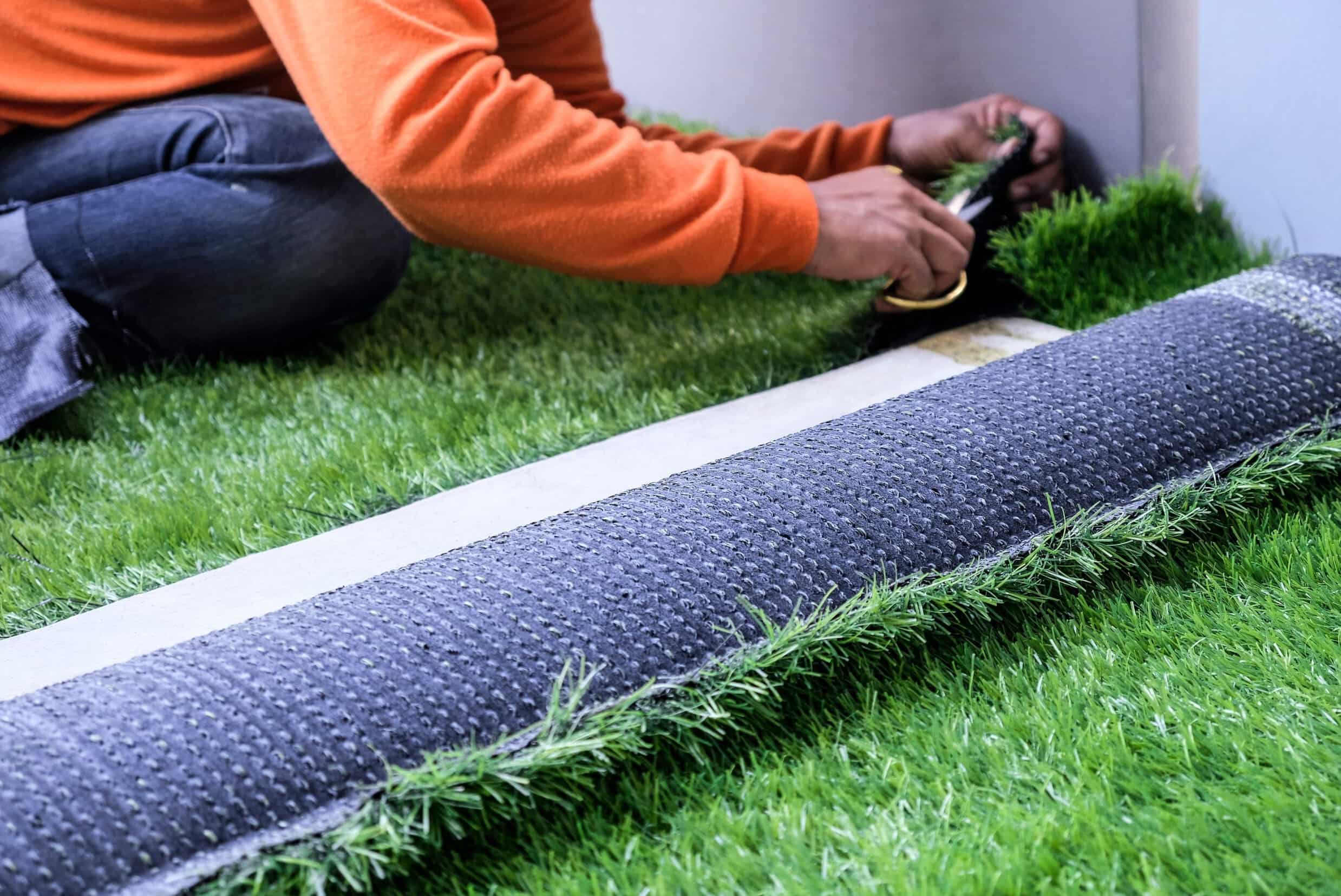


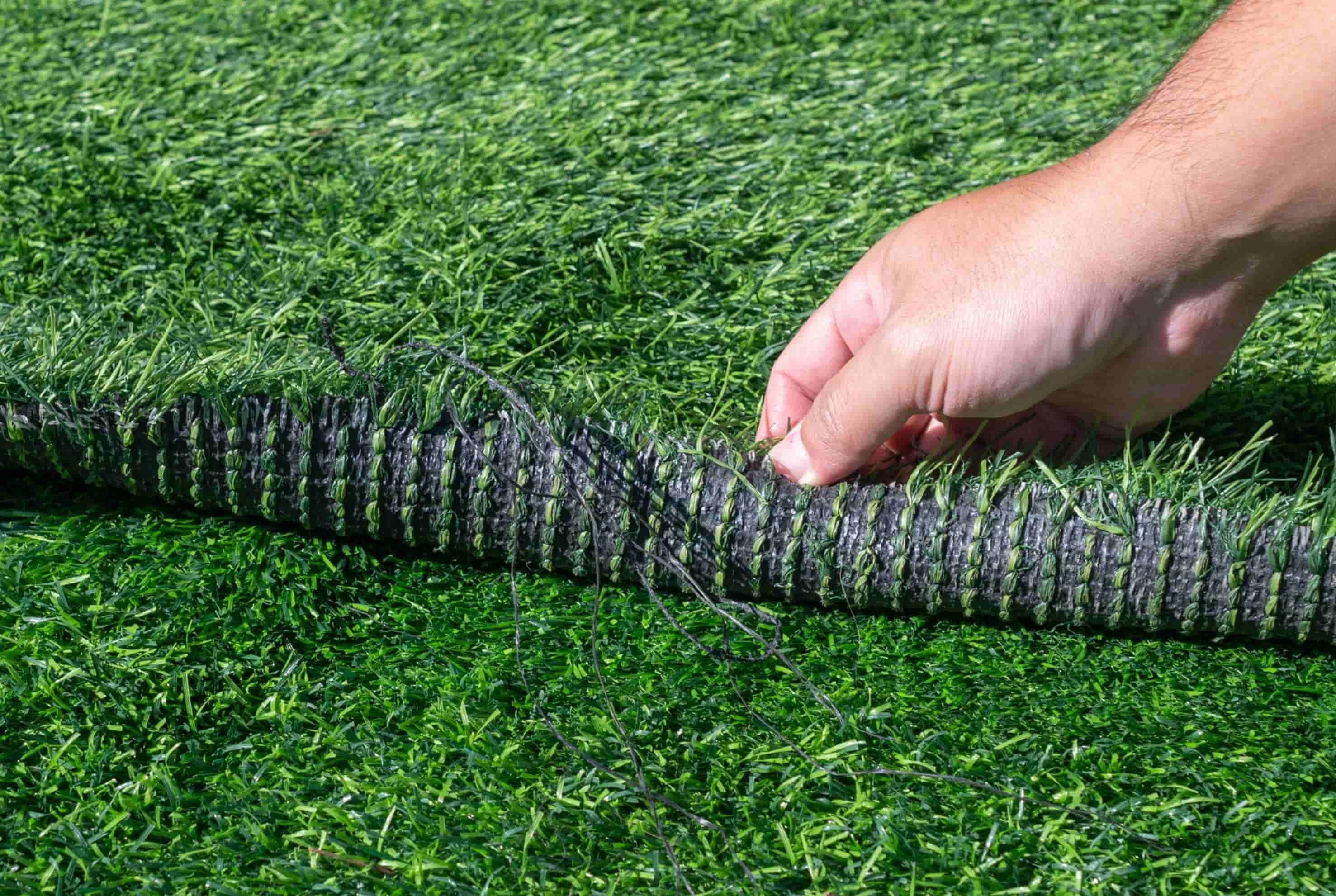
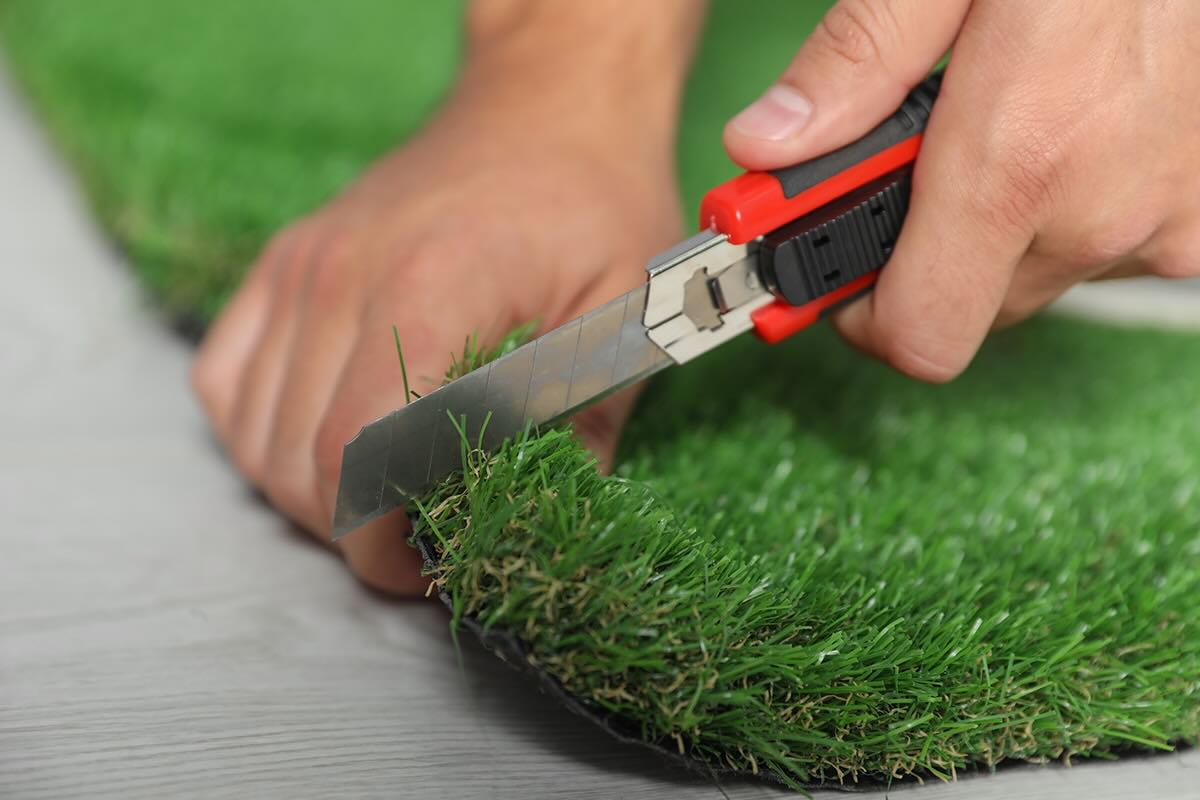



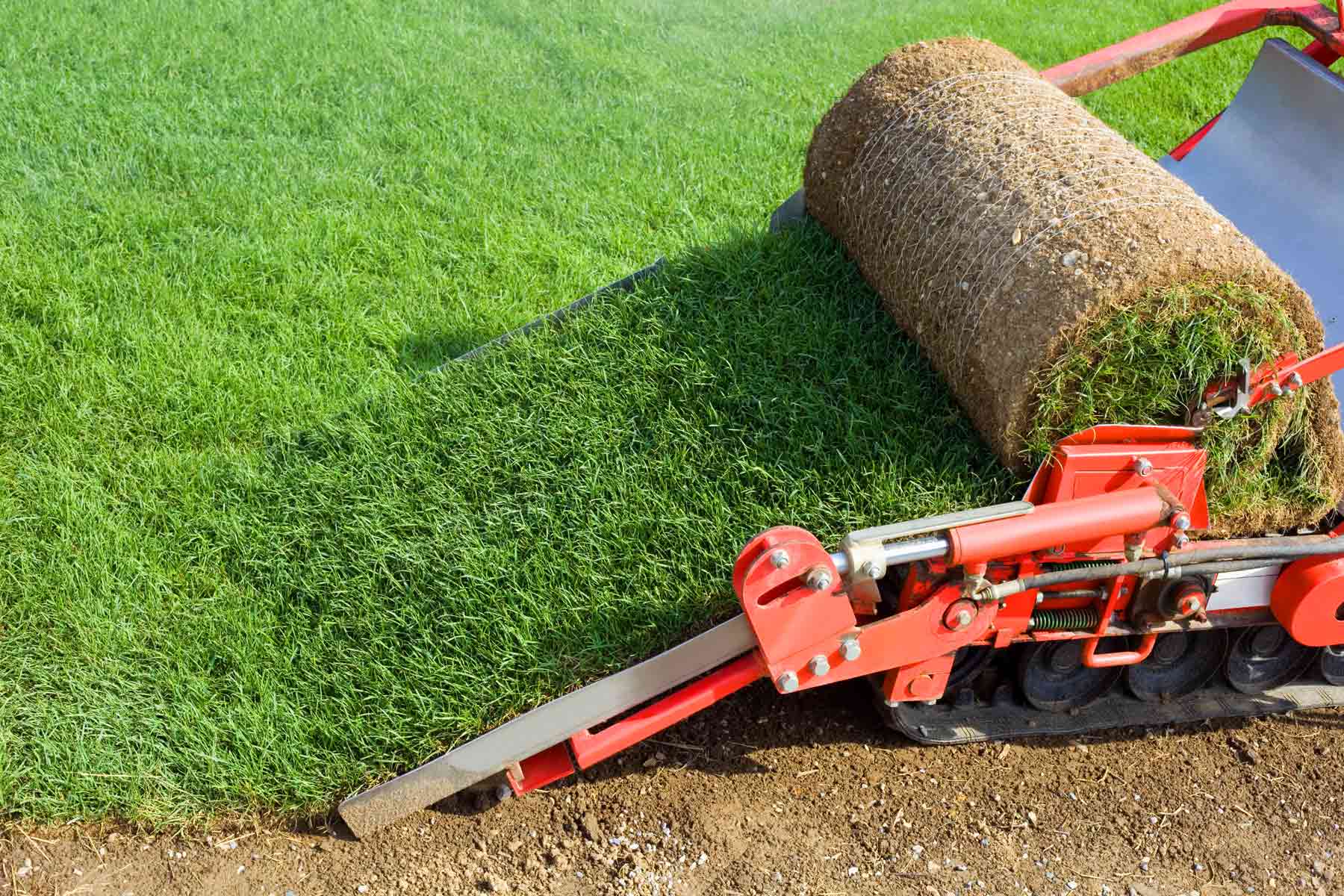


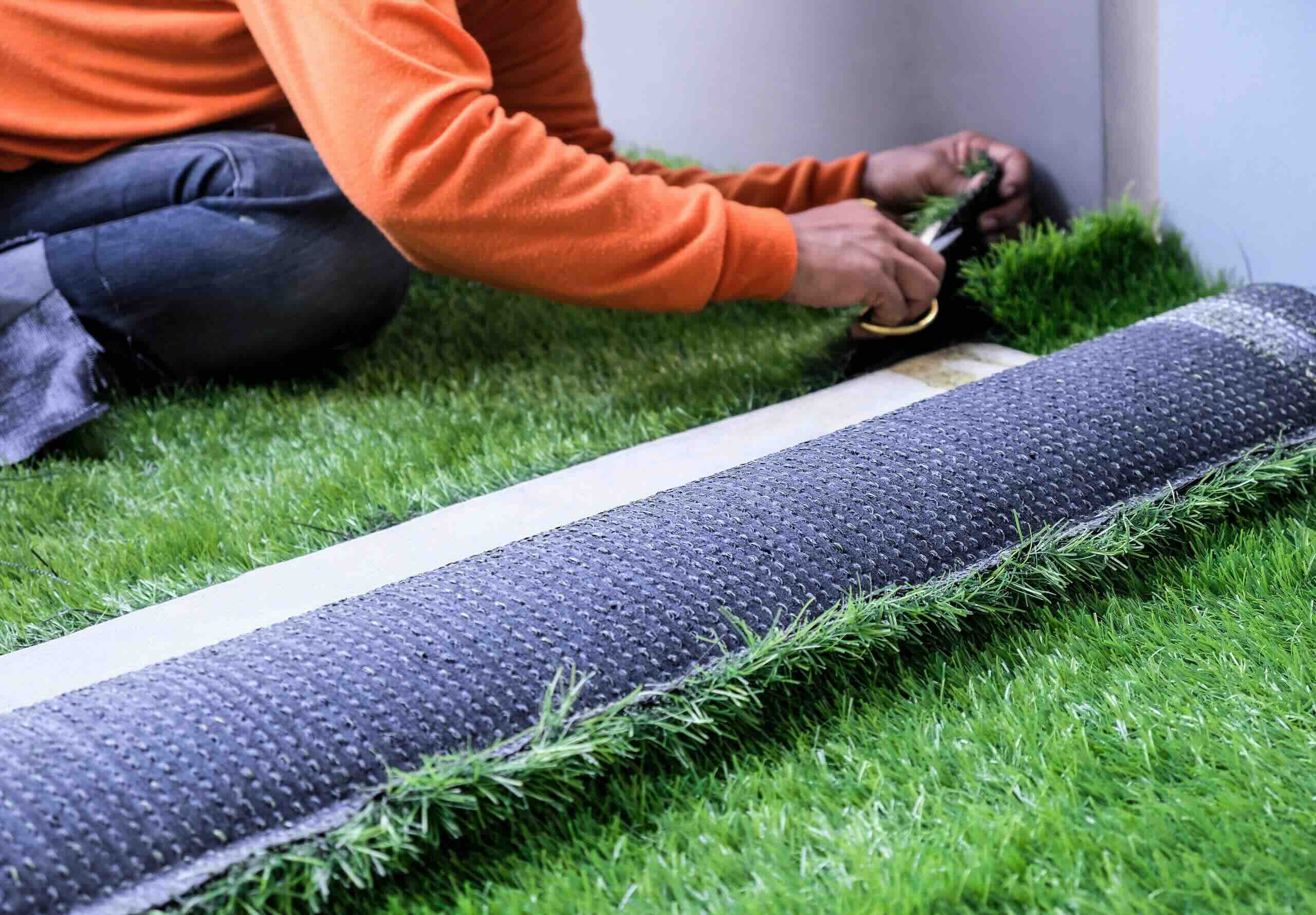

0 thoughts on “How To Prepare For Turf Grass”